State
Tribe Name
Art Type
short description
The Biju dance from the Chakma community is performed as part of the celebration which marks the ending of the year in the calendar Chaitra (Bangali year). This dance which is considered so beautiful in part becomes possible with rhythm from the Dhol accompanied by Hengrong (made of Bamboo cane) and Baji(flute made of Bamboo). The dance captures the site of Chakmas holding hands, dancing congregationally, singing, and bidding the past year farewell with open arms, and people apprehend a conscious push they receive for dance and music through their cultural expression that prom- ulgate a mountain of joy at a moment when everything about them is about dancing out in the open with joy and laughter
Thumbnail
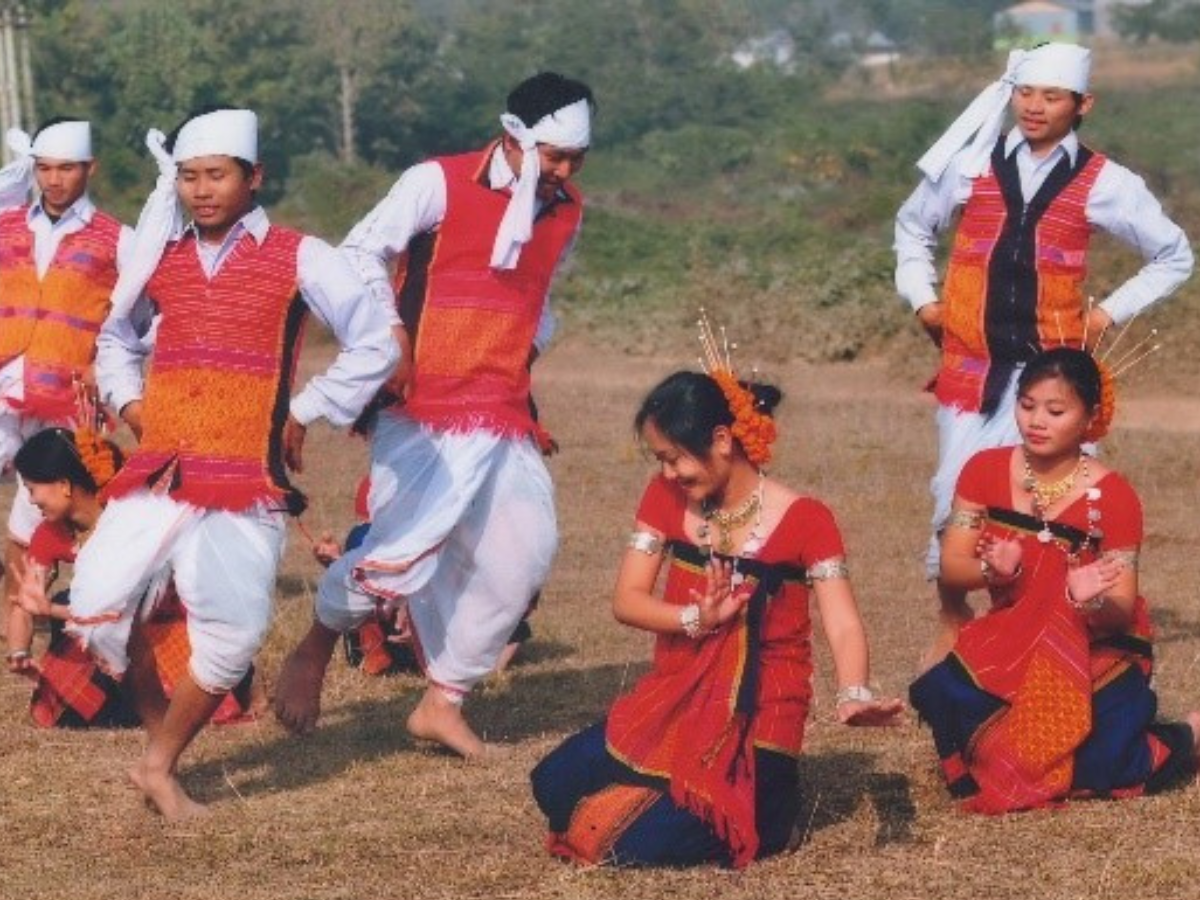
Filter Postion
Left
Filter Background
Off
Theme
Filter Header Image

content
Image
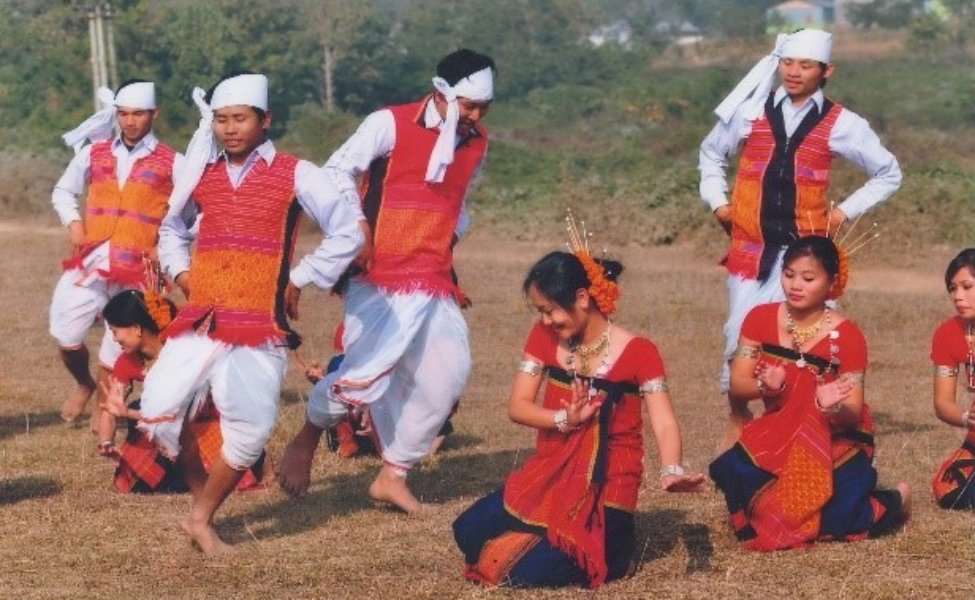
description
The Biju dance from the Chakma community is performed as part of the celebration which marks the ending of the year in the calendar Chaitra (Bangali year). This dance which is considered so beautiful in part becomes possible with rhythm from the Dhol accompanied by Hengrong (made of Bamboo cane) and Baji(flute made of Bamboo). The dance captures the site of Chakmas holding hands, dancing congregationally, singing, and bidding the past year farewell with open arms, and people apprehend a conscious push they receive for dance and music through their cultural expression that prom- ulgate a mountain of joy at a moment when everything about them is about dancing out in the open with joy and laughter
Image Mode
landscape
Image
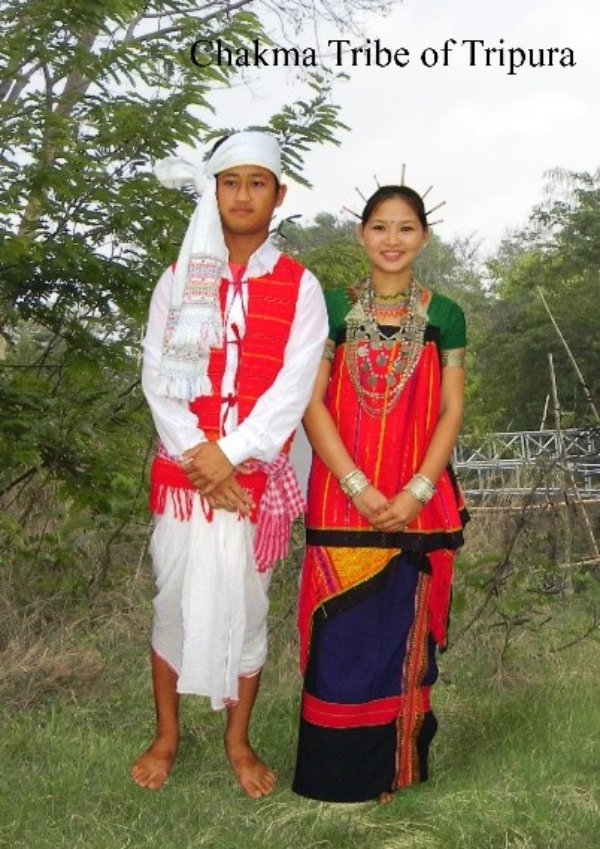
description
The Chakma tribe is one amongst the larger tribal groups of northeastern India residing majorly in Tripura-again a part of northern, Arunachal Pradesh, Mizoram. They speak the Chakma language, a language believed to have ancestral ties to the Indo-Aryan family, which is rich in its varied social forms and creates a pool of culturally preserved heritage. In contrast to present-day Chakma population dynamics, the tribe is predominantly dependent on agriculture supplemented by agrarian practices and weaves, with close-knit family- and community-inclined society. The imperative facet of their culture is its folk festivals, in particular the Biju that accentuates the New Year and agricultural cycle and plays out in their mostly exploding culture in music, dance, and traditional attire that tell whatever the Chakmas are
Image Mode
portrait
Image
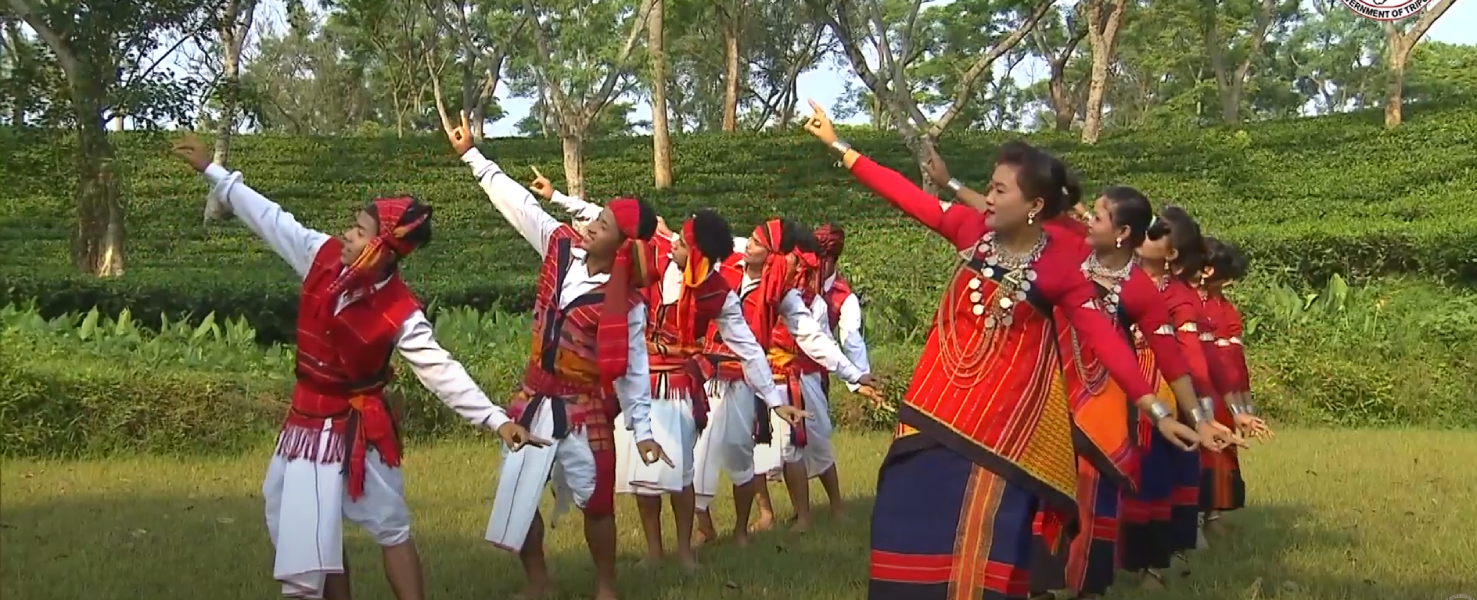
description
Chakma women during the Biju Dance wear traditional attire. Women wear colorful traditional attire comprising Khadi (Dress for upper part of the body), Hogoi (Blouse), Pinon (Dress for lower part) with intricate patterns. Men opt, most of the times, for Dhoti worn with Jummosilum (ration shirt) and Khobong (white Turban).
Jewelry pieces are also very significant, the women wearing Ahlsora(local neck ornament made of silver), Ghelattak (Choker made of seeds), Jhammoli(earrings made of silver), and Bagu (Bangle made of silver). Huduk Khada (Porcupine stick)-adorness-in hair with Flowers-plants indicate a deep cultural association of the tribe with nature and keep the spirits of festivities lighted
Jewelry pieces are also very significant, the women wearing Ahlsora(local neck ornament made of silver), Ghelattak (Choker made of seeds), Jhammoli(earrings made of silver), and Bagu (Bangle made of silver). Huduk Khada (Porcupine stick)-adorness-in hair with Flowers-plants indicate a deep cultural association of the tribe with nature and keep the spirits of festivities lighted
Image Mode
landscape
Image
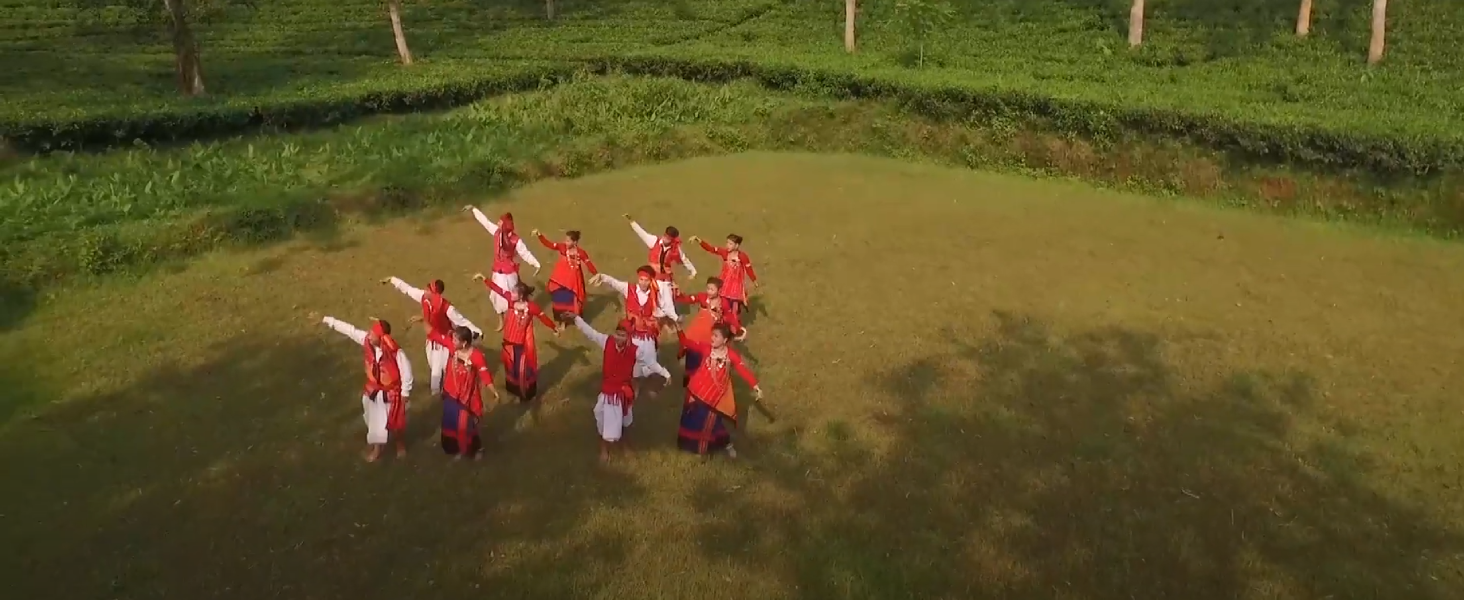
description
The music of Biju dance bursts with life and vibrancy, with traditional instruments that encourage the festive spirit. The dhuduk, a bamboo-made instrument played with a stick, produces rhythmic beats that carry dancing steps. It is supported by the Baji or a flute for chordal support, and a Dhol drum-the beats bring the memorable percussive approach. Hengorong, yet another classical instrument, brings tones distinctive to it. Together, these instruments generate a harmonized cascade of exhilarating sounds that induce the dancers who magnificently celebrate this key feature of the culture of Chakmas
Image Mode
landscape
promoted
Off
Verified
On
